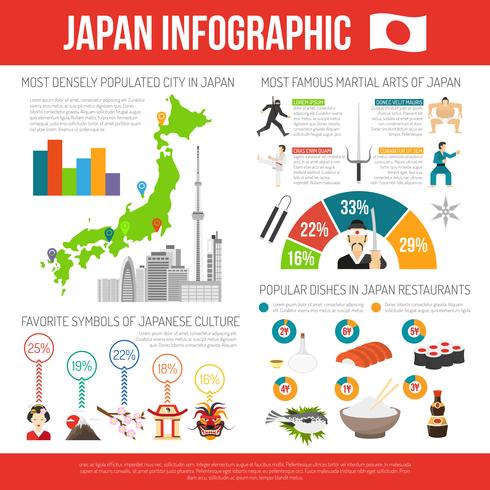The History And Approach Of Fighting Style: A Deep Dive
The History And Approach Of Fighting Style: A Deep Dive
Blog Article
Web Content Develop By-Lauridsen Francis
Step into the old world where martial arts were substantiated of necessity in varied regions. Societies crafted unique fighting designs intertwined with historical contexts. Strategies advanced over centuries with committed practice and cultural exchanges. Today, contemporary martial arts mix conventional aspects for maximum efficiency. Philosophically, martial arts highlight technique, self-improvement, and consistency. Regard, humility, and balance are foundational principles leading practitioners towards development and strength. Discover the depths of this abundant history and approach to discover the profound impacts forming this long-lasting self-control.
Origins of Fighting Style
Fighting style came from various areas around the world, developing as sensible combat systems to resist hazards. These old combating styles were established out of need, with each culture crafting strategies matched to their special atmospheres and difficulties. From the grappling arts of Jujutsu in Japan to the striking techniques of Kung Fu in China, martial arts were deeply linked with the historic, social, and social fabric of their respective cultures.
In Japan, the samurai class polished martial arts like Kenjutsu, the art of the sword, which later on evolved right into the much more promoted kind of Kendo. Meanwhile, in Brazil, Capoeira became a blend of dance and combat, produced by enslaved Africans as a means to resist oppression. Each fighting style lugs with it an abundant background and ideology, showing the worths and ideas of individuals that practiced them.
As you explore the origins of martial arts, you uncover a tapestry of human resourcefulness, durability, and the stubborn spirit of warriors throughout time.
Advancement of Methods
Through centuries of technique and improvement, battle methods within different martial arts have actually undertaken an extensive advancement. From old styles like Martial art and Karate to more modern techniques such as Brazilian Jiu-Jitsu and Krav Maga, the development of strategies has actually been driven by a combination of social influences, practical applications, and technological improvements.
One significant aspect of this evolution is the cross-pollination of methods in between various martial arts. For example, methods from traditional Japanese Jiu-Jitsu were incorporated into the production of Judo by Jigoro Kano in the late 19th century. This blending of designs has resulted in the growth of hybrid martial arts like Mixed Martial Arts (MMA), which incorporate elements of striking, grappling, and submission techniques.
Furthermore, the development of strategies has been formed by the raising focus on effectiveness and efficiency in battle. Practitioners have constantly sought to refine their methods through strenuous training, trial and error, and competition, leading to the advancement of very specialized and reliable fighting styles. On the whole, the evolution of strategies in martial arts reflects the dynamic nature of fight and the continuous pursuit for enhancement and technology.
Thoughtful Structures
Discovering the underlying philosophical concepts of martial arts provides insight into their core values and leading ideas. At the heart of several martial arts self-controls is the principle of self-control itself. By educating please click the next page and mind to act as one natural device, you cultivate self-control that expands beyond the dojo or gym into day-to-day life. This discipline encompasses regard, humbleness, and self-constraint, forming not simply your physical abilities however likewise your character.
One more essential thoughtful structure in martial arts is the idea of continuous self-improvement. The journey of mastering a fighting style is nonstop, with experts constantly aiming to far better themselves, both literally and emotionally. This focus on growth fosters durability, willpower, and a development way of thinking that can be related to all elements of life.
Furthermore, martial arts emphasize the relevance of consistency and balance. try this site are created to utilize a challenger's energy against them, highlighting the concept of producing and rerouting force rather than satisfying it head-on. This ideology encompasses social connections, advertising tranquil resolutions and mutual understanding. By accepting these philosophical structures, martial artists not only enhance their battle skills yet also cultivate a way of life fixated personal development, respect, and harmony.
Verdict
Finally, the history and viewpoint of martial arts supply a rich tapestry of custom, self-control, and self-improvement.
Take for instance the story of Bruce Lee, that revolutionized martial arts by mixing different styles and philosophies to create his very own one-of-a-kind type of Jeet Kune Do.
With https://martial-arts-instructor-s77532.buyoutblog.com/31192013/discover-the-hidden-elements-of-martial-arts-judo-and-taekwondo-engage-with-the-ancient-heritage-of-these-martial-arts-and-examine-their-special-methods and innovation, martial musicians continue to press limits and motivate others to reach their complete potential both in fight and in life.
